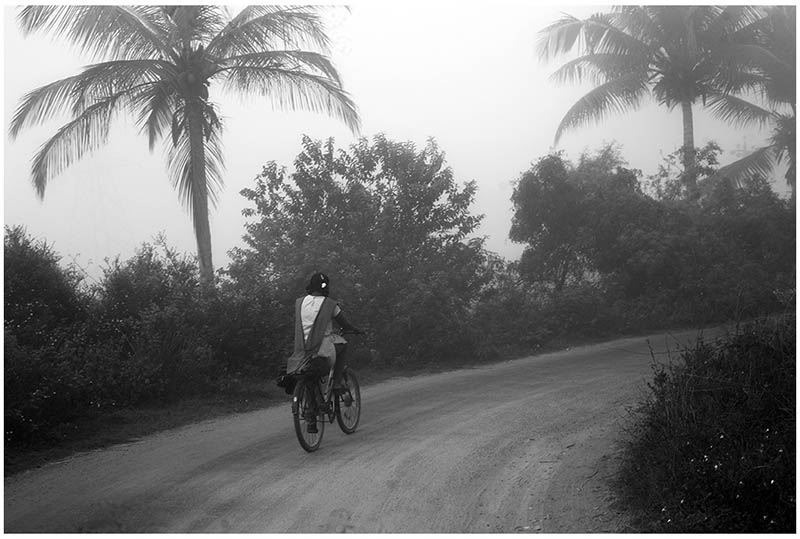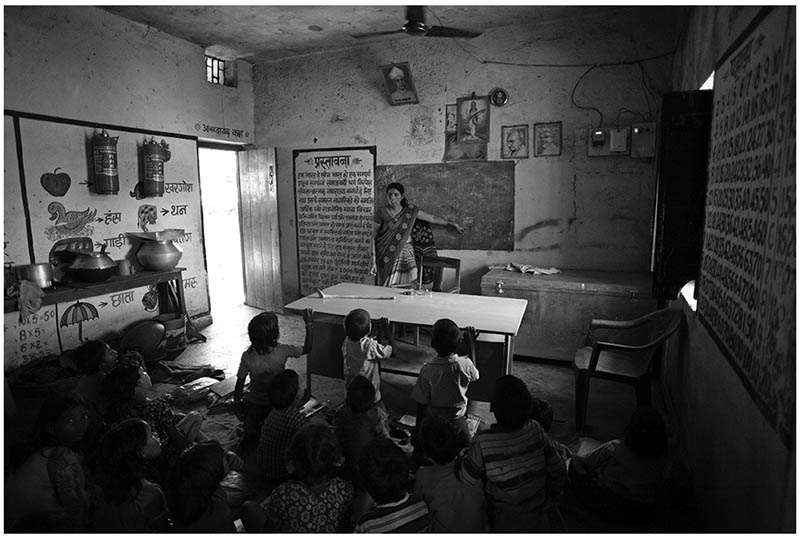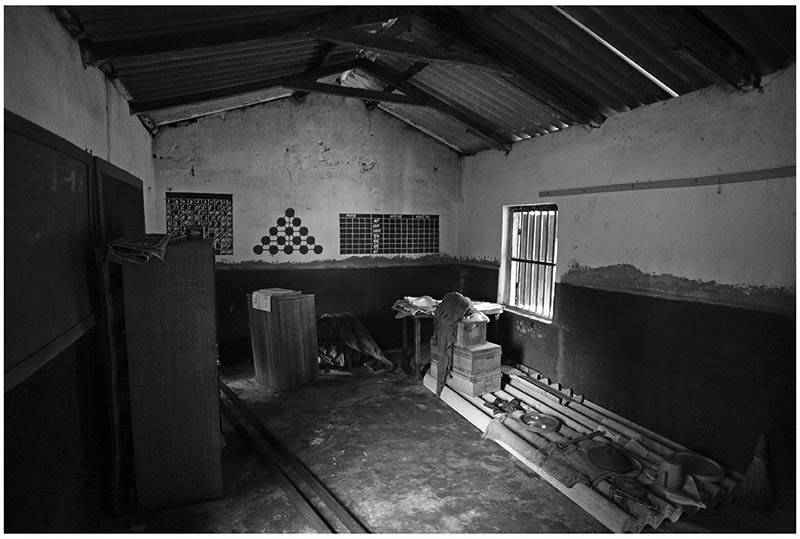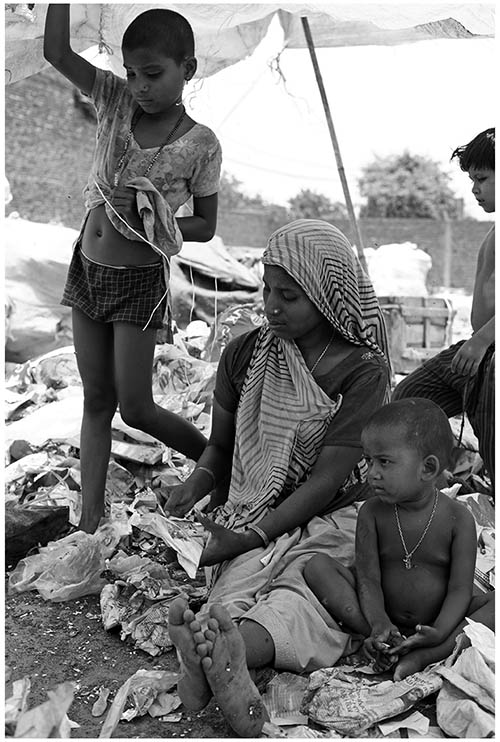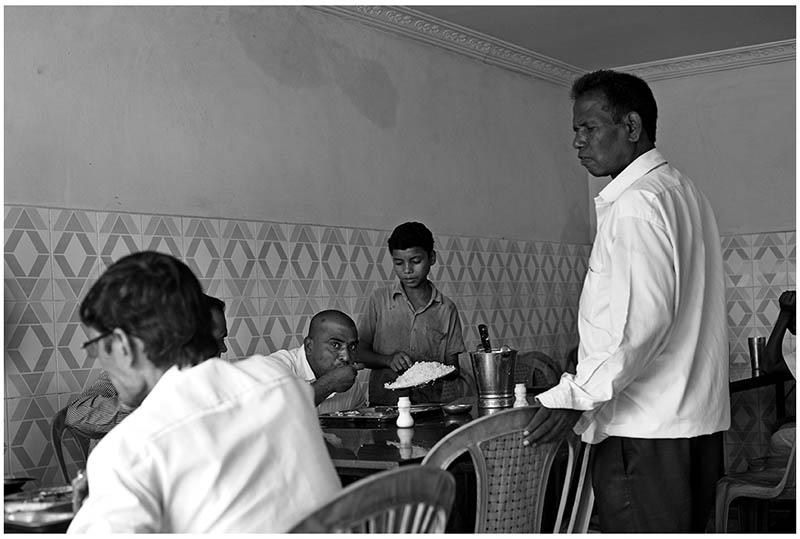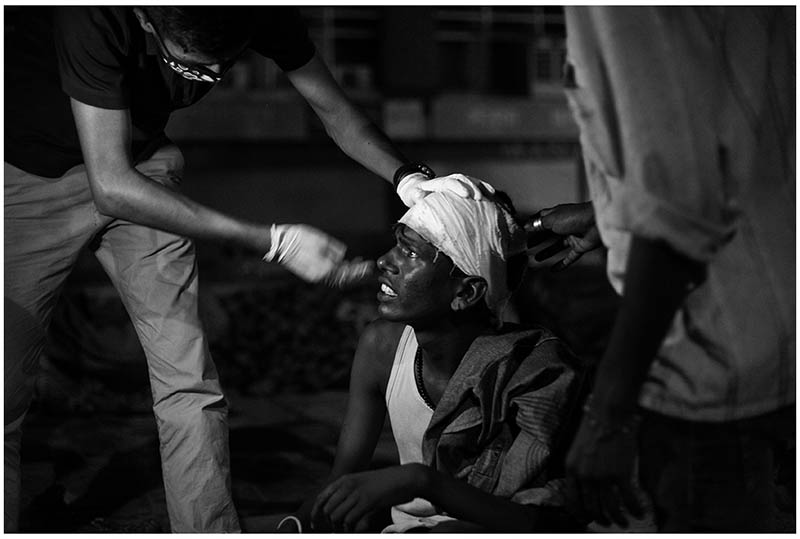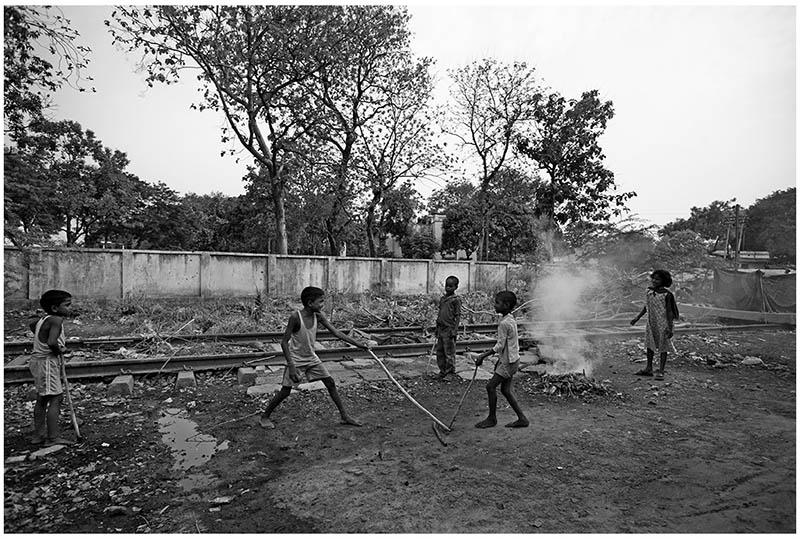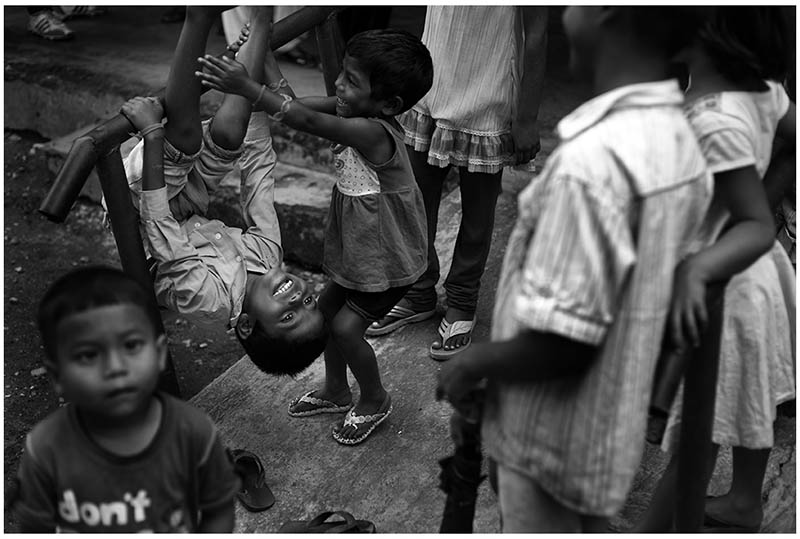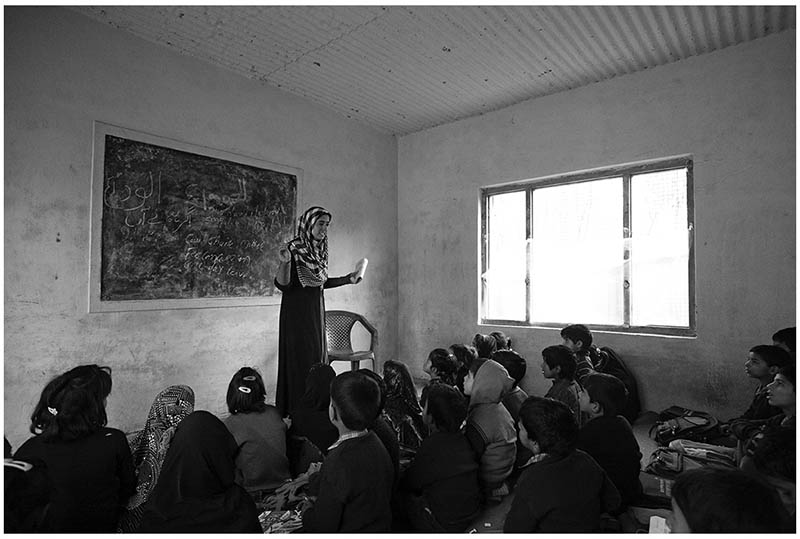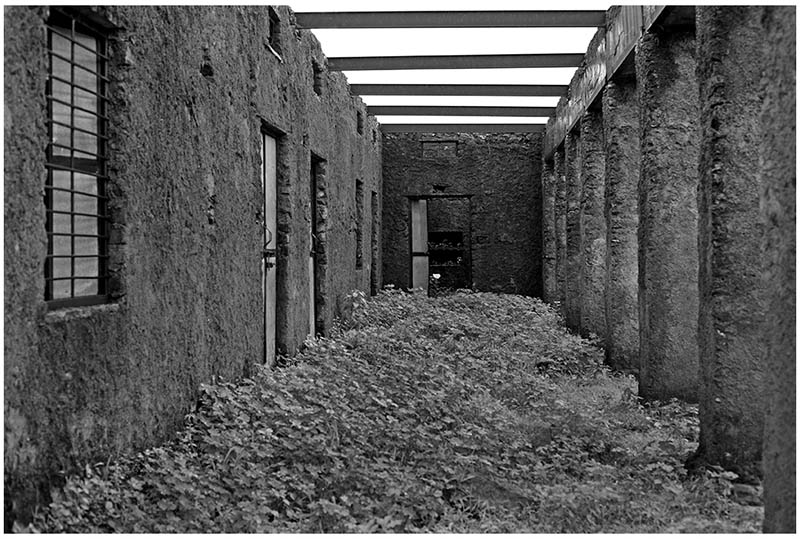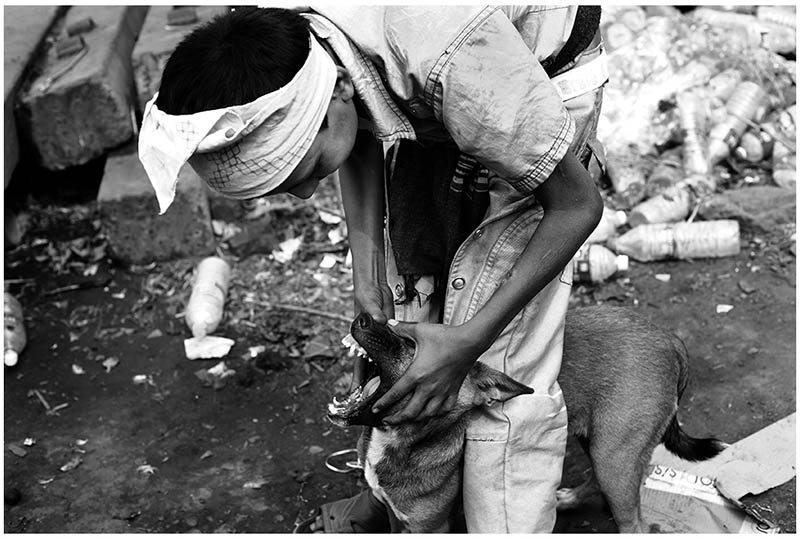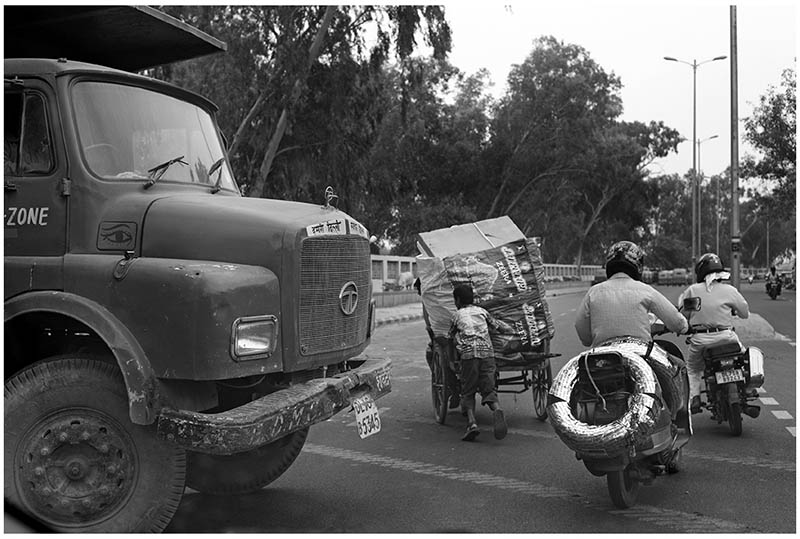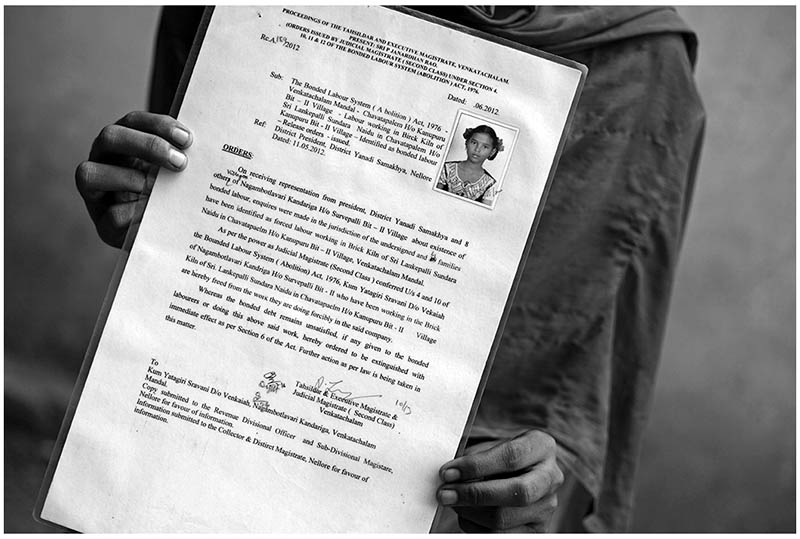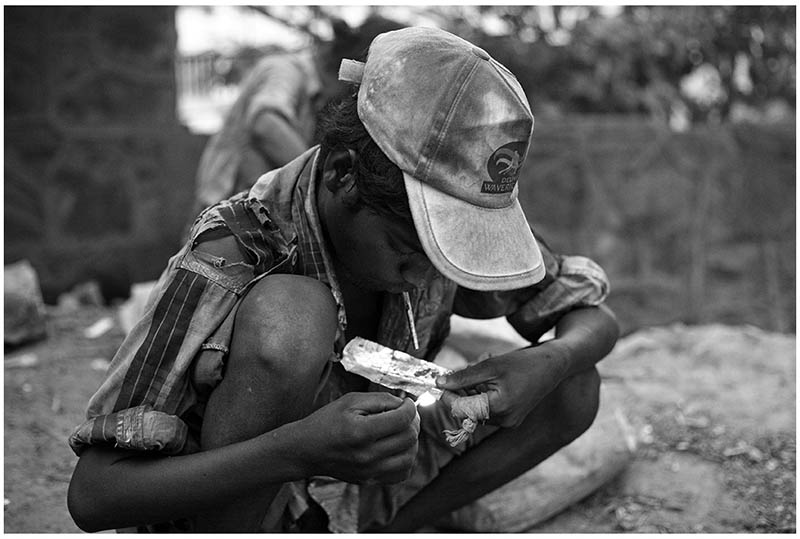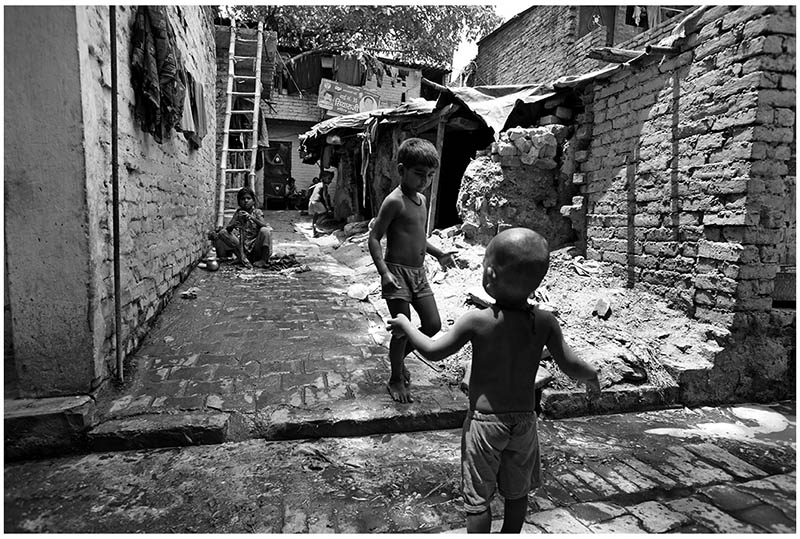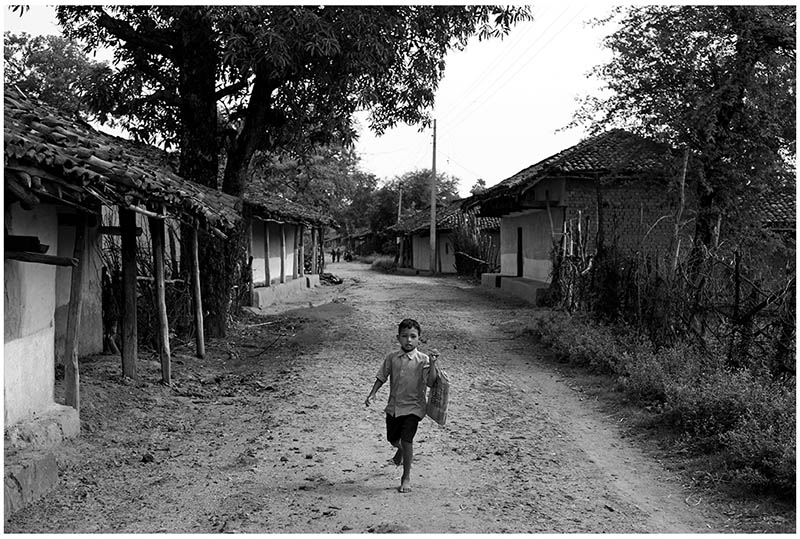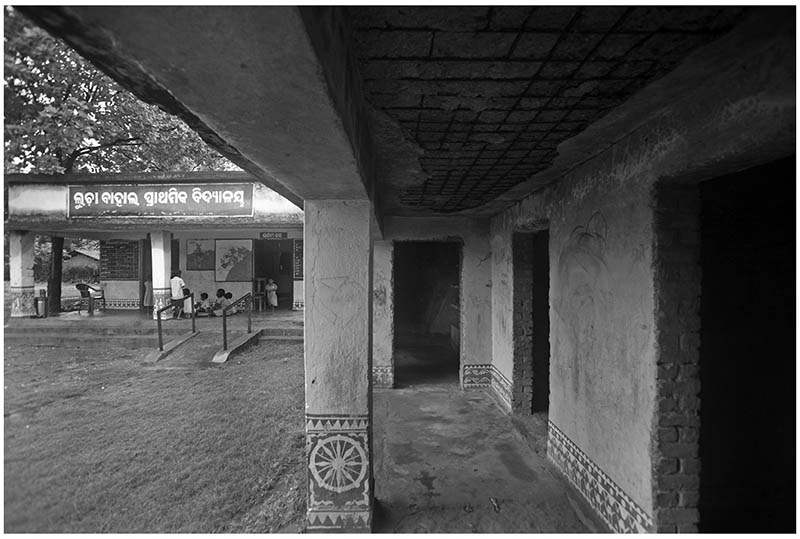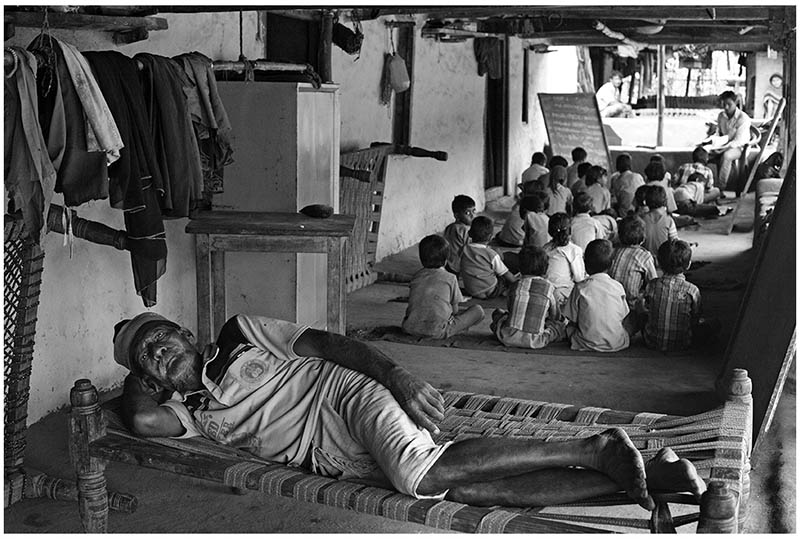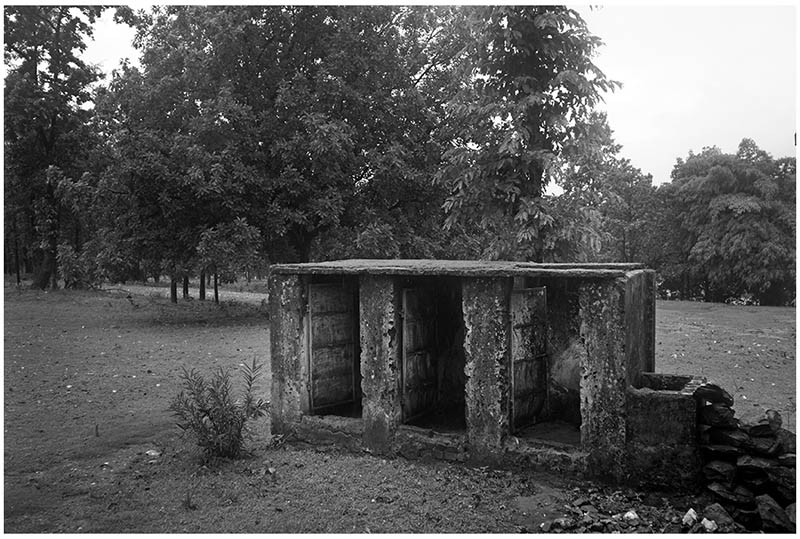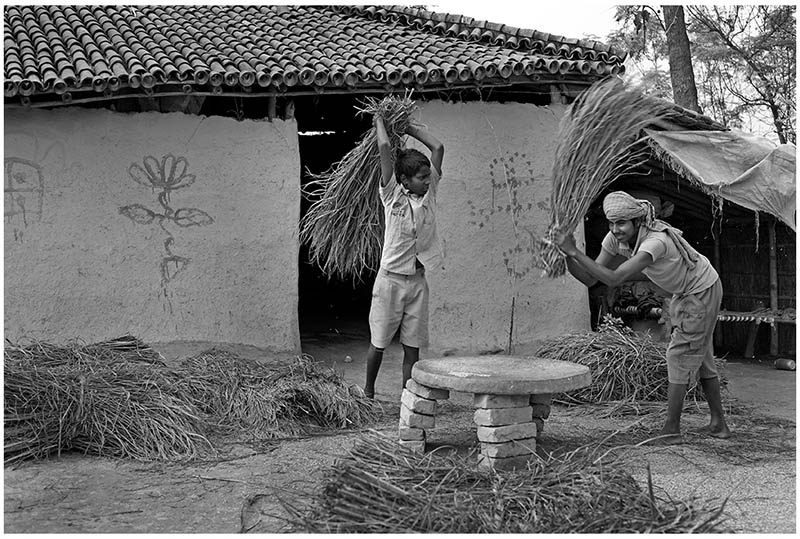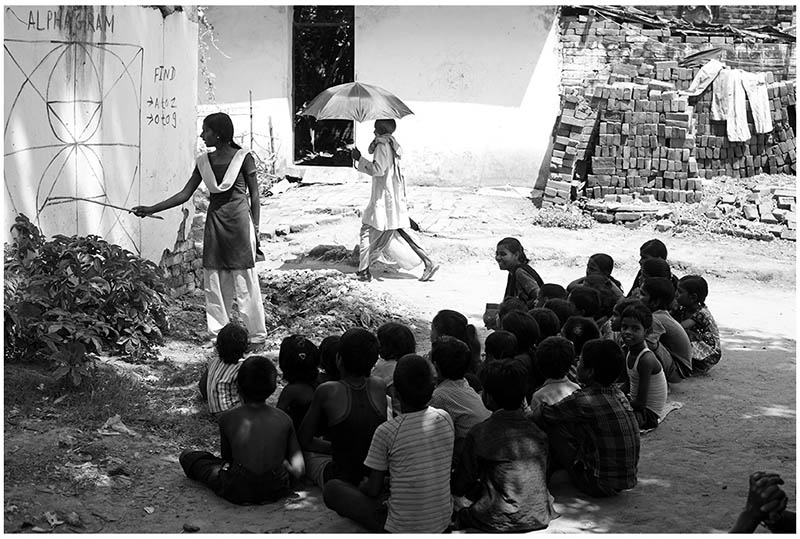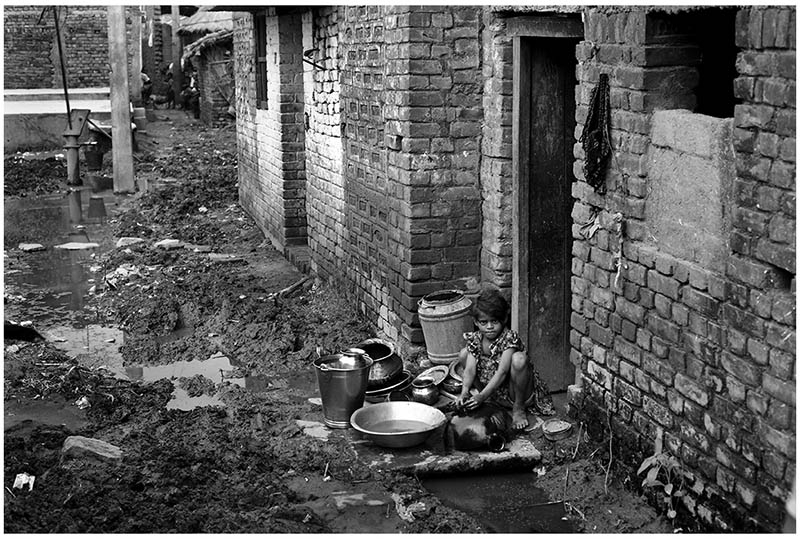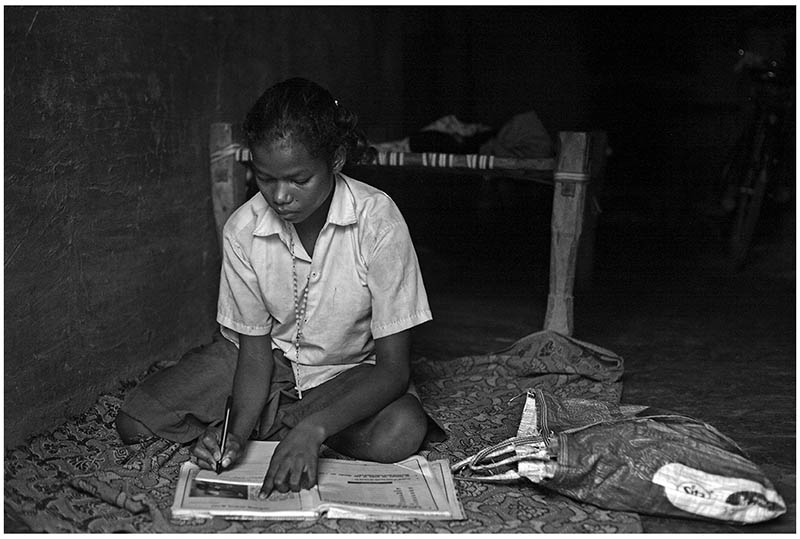The Right to Education
The Right to education (RTE) act, 2009 empowers children belonging to the backward section of the economy to free and compulsory education. But lack of infrastructure is failing Indian children’s right to education.
India is home to 19% of the world’s children. What this means is that India has the world’s largest number of youngsters, which is largely beneficial, especially as compared to countries like China, which has an ageing population.
The not-so-good news is that India also has one-third of the world’s illiterate population. It’s not as though literacy levels have not increased, but rather that the rate of the increase is rapidly slowing. For example, while total literacy growth from 1991 to 2001 was 12.6%, it has declined to 9.21%.
To combat this worrisome trend, the Indian government proposed the Right to Free and Compulsory Education (RTE) Act, making education a fundamental right of every child in the age group of 6 to 14. Unsurprisingly, the reality is very different.
There are 5 main components that the Act puts forth:
- In India, every child is entitled to free and compulsory full-time elementary education (first to eighth grade) as facilitated by the Right of Children to Free and Compulsory Education Act. This means elementary education of satisfactory and equitable quality in a formal school run with certain essential standards
- Parents of children covered under RTE are not liable to pay for school fees, uniforms, textbooks, mid-day meals, transportation, etc. until the elementary education is complete.
- If a child has not managed to secure admission in a school according to age, it will be government’s responsibility to get the child admitted in an age-appropriate class. Schools will have to organize training sessions to allow such a child to catch up with others.
- No child shall be held back (failed) or expelled until the completion of elementary education.
- Not following the RTE rules can invite a penalty of Rs 25000.
While the RTE is a ground breaking piece of legislation, the first in the world that puts the responsibility of ensuring student enrollment, attendance and completion of elementary education on the Government., recent surveys by the State Commission for Protection of Child Rights and UNICEF show that the state of education has not improved much since 2009, when the act was first proposed.
Ongoing project.
Source: www.business-standard.com

